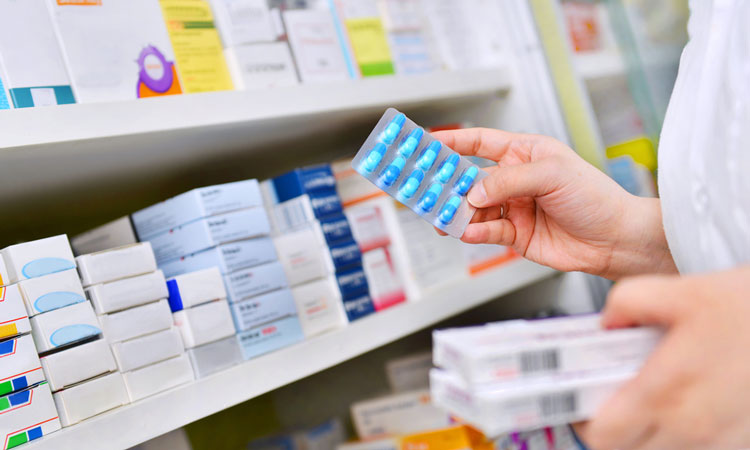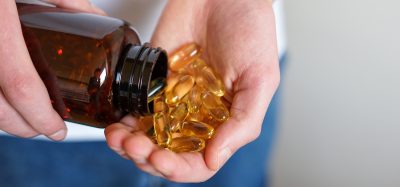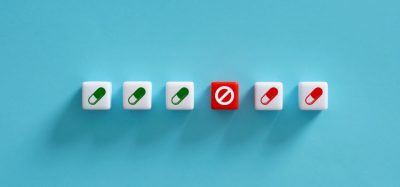‘Alarming’ percentage of families share leftover antibiotics
Posted: 2 November 2018 | European Pharmaceutical Review | No comments yet
A study has found that an alarming number of families share leftover antibiotics between siblings, parents and others not even related to the family…


Taking antibiotics when they’re unnecessary, or in the wrong dose or timeframe, fuels rising rates of antibiotic-resistant infections. Suggesting a need to step-up efforts to raise awareness about this risk, results of a new survey found parents commonly saved leftover antibiotics and gave them to others within and outside the family.
Senior author Dr Ruth Milanaik, said they study results show an “alarming” percentage of parents in a national sample report sharing or borrowing the drugs, a practice called prescription diversion.
“This is dangerous not only for those given antibiotics that weren’t prescribed for them, but for entire populations of people who some antibiotics may no longer help when the bacteria they target become resistant to them,” said Dr Milaniak, who is Director of the Neonatal Neurodevelopment Follow-Up Program at the Cohen Children’s Medical Center of New York.
For the study, an anonymous online questionnaire was distributed to a national sample of 496 parents though Amazon Mechanical Turk. Nearly half (48.2 percent) of the parents reported that they’d kept leftover medicine rather than properly disposing them. Of those, 73 percent subsequently diverted them to siblings, unrelated children, and unrelated adults – sometimes months after the antibiotic was originally prescribed – all without physician consultation. Parents also used the leftover drugs themselves.
Among other findings:
- The most common form of antibiotics diverted was liquids (80.4 percent of parents whose children were prescribed them) and drops (73.8 percent), compared to creams (69.7 percent) and tablets (55.6 percent).
- The dosage of antibiotic that was administered was typically the prescribed dosage, even though the recipient of the antibiotic had changed, or was estimated based on the age of the child.
- Overall, 16 percent of participants stated that they had given their child adult medications.
Dr Milanaik said more effort and resources need to be invested in educating families about how the drugs work, that they aren’t necessary for all illnesses, and the medical risks of taking the medicine without consulting a health provider.
“Although the discovery of antibiotics has revolutionised medicine, it is imperative that clinicians emphasise the importance of use and dispose of these medications properly to make sure they remain an effective tool against infectious diseases,” Dr Milanaik said.
The goals of future research, the abstract’s presenting author Tamara Kahan said, should include determining the most effective ways to communicate to parents the risks involved in antibiotic diversion, as well as pinpointing the circumstances in which antibiotic diversion is most likely to occur.
“For example, we found one of the common reason parents gave for diverting antibiotics was that they wanted to avoid the costs involved with a second trip to the doctor,” Kahan said. “Follow-up surveys could examine whether there is a correlation between lack of access to health insurance or primary care and antibiotic diversion,” she said.
Related topics
Analytical techniques, Clinical Development, Drug Development, Drug Safety, Drug Supply Chain, Research & Development (R&D)









